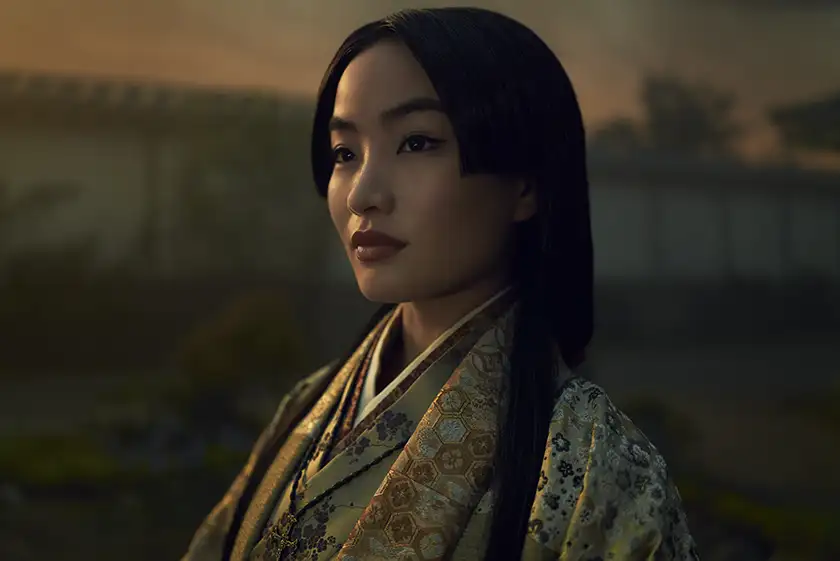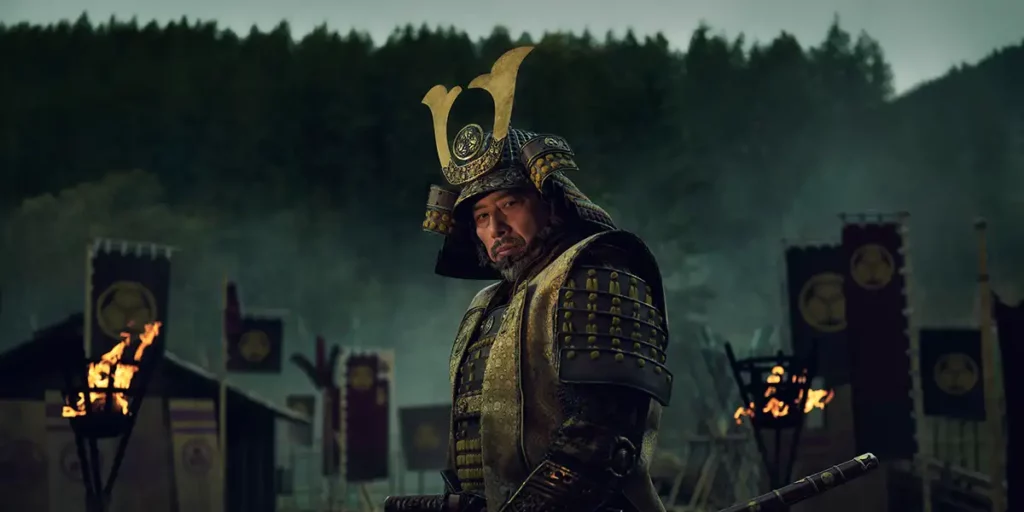Shōgun is one of the best television shows to debut this decade, with visuals and performances that feel a cut above everything else out there.
Showrunners: Rachel Kondo & Justin Marks
Genre: History, Adventure
Number of Episodes: 10
Release Date: February 27, 2024, with new episodes dropping weekly
Where to watch: Hulu
The idea of reviewing Shōgun is something that has terrified me from the moment I finished episode 1. Simply put, I don’t think I’m worthy. I don’t think my words can do it justice, nor do I feel right trying to critique and nitpick something that I think is such a shining example of what television can be. Shōgun is the kind of show that, when you finish it, you feel like everyone with even a passing interest in making television should be forced to watch it from beginning to end.
They should be forced to take in its production values and the quality of its cinematography, acting and writing. It’s not my favourite show ever made, but there are points where it feels like it might just be the most well-crafted, the kind of thing that reminds us that television isn’t just for reality shows and Jimmy Fallon. At the end of the day, TV is an artform, and few shows represent that fact better than Shōgun.
The second televised adaptation of James Clavell’s 1975 novel of the same name, Shōgun follows John Blackthorne (Cosmo Jarvis, of It Is In Us All), an English sailor loosely based on the real-life navigator-turned-samurai William Adams, as he finds himself ship-wrecked in Japan, held captive by the powerful Lord Toranaga (Hiroyuki Sanada, of Bullet Train). It’s an incredibly compelling and interesting story, told slowly and patiently. Despite the comparisons that the media has made with something like Game of Thrones (2011-2019), Shōgun isn’t an epic filled with high-octane action. It’s instead far more interested in long, incredibly-watchable arguments, with Blackthorne and Toranaga’s debates being filtered through a translator, which in most cases is Toda Mariko (Anna Sawai, of Monarch: Legacy of Monsters). Yes, this is a show that actually lets its characters speak in their native tongue, which is something that it feels like we never see done quite to this extent.
Mariko is far and away the stand-out character of the show, and a large part of that has to do with just how great Sawai is in the role. She brings a sense of calmness and authority to almost every situation, and her relationship with Blackthorne is an incredibly interesting one to watch develop. Her unique position of translator for both Blackthorne and Toranaga gives the scenes between the three of them a whole new dimension that the writers have a lot of fun playing with, and Sawai is always up to the task of executing the script brilliantly. I’ll admit to not quite feeling the same about Jarvis’ performance, and I often found myself feeling that he was just slightly outclassed by all those around him, but he does still do a fine-enough job and his performance in the finale is pretty great, so it’s hard to critique him too much.

Another one of the series’ core strengths is just how great it looks. Whilst I can’t speak to how historically accurate or authentic the show’s costumes and sets are, what I can praise is just how well it captures them. I think a large part of this is down to the frequently moody lighting, which compliments the quiet intensity present throughout the majority of the show. It’s a stylistic choice that helps visually separate the show from any of its contemporaries, and results in what might just be the best looking season of television we’ve gotten in years. Everything about what we’re looking at feels so real and natural, like a genuine slice of history and not a group of friends putting on a dramatic reenactment with some costumes they bought online. The phrase “prestige television” certainly feels appropriate here.
Over the last couple of years, it’s almost felt like an era of television has come to an end. Long-running, critically acclaimed shows like Better Call Saul (2015-2022) and Succession (2018-2023) put out their final seasons, and I know that personally I worried if the medium would be able to cope. What would step into this newly-created void? Would it at all be able to match the quality of some of the greatest shows ever produced? Well, whilst I wouldn’t personally place Shōgun on the same tier as the two previously mentioned shows right now, it’s existence certainly made me feel a lot more optimistic about the future of the artform. Shōgun is a reminder that there is always another great show on the horizon, and that the medium always has somewhere new and exciting to go. More people should strive to make something this good.
All episodes of FX’s Shōgun are now available to stream on Hulu. Start your free Hulu trial!
Loud and Clear Reviews has affiliate partnerships, which help us keep the site free for everyone. We receive a share of the revenue from your subscription to Hulu or streaming of films and shows when you click on the button on this page. This won’t affect how much you pay for them.

